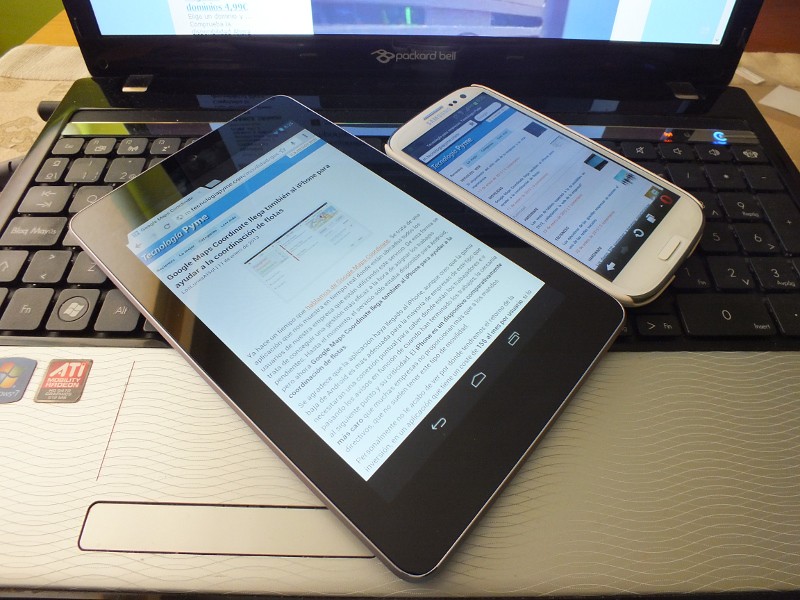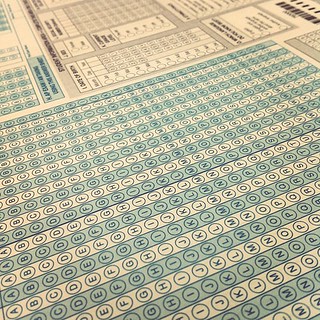As the end of June approaches that means the annual ISTE (International Society for Technology In Education) Conference is around the corner. ISTE is one of my favorite conferences because I get to catch up face-to-face with those I haven't seen in the past year, I get to learn with some incredible educators and I get to see the latests gadgets and must haves for the classroom.
If you are a social media user or a blog reader you may have seen several posts related to getting more out of ISTE. Many who attend have loads of great ideas to maximizing the impact you have while you are in attendance.
Some of my favorites for ISTE 2014:
These are just a handful of posts related to ISTE with loads of great advice.
In reading all these posts, I was reminded something was missing.
I think there are 3 things to remember, not only for ISTE, but for any conference or learning event you attend.
Put Your Thinking Cap On And Push The Boundaries Of Your Thinking-It is easy to attend conferences like ISTE or any conference and only go to the sessions lead by our friends or go to sessions where we already know a lot about a specific topic. While there isn't anything wrong with that, are you doing the most with your conference experience? Push your self. I am still a skeptic of flipped classrooms. So I make a point to attend at least one session where its discussed so I can widen my perspective. Try to find those gems of sessions that you might just walking away thanking yourself for attending. Make a point to attend at least one session where you disagree or are a skeptic about the topic. Go in with an open mind and make the most of your experience.
Reflect, Often-Because you are going to challenge yourself and your thinking, it will be important for you to reflect on your learning. Review your notes at the end of each day and write down your thoughts. I love Evernote for this. I can compile everything there (notes, drawings, pictures and handouts) and have it on all my devices. If you don't have a blog, attending a conference can be a great time to start so you have an audience for your reflections as well.
Don't Be A Hoarder, Share Your Learning-Speaking sharing, do it! Think about if you shared what you learned with 5 people and those 5 people shared with 5 and so on. The learning becomes so much more valuable. Find many ways to share both at the conference (social media is great for that) and when you get back to your school/district. Did you go as a member of team? Have your team take 5 mins and share all the resources with those that couldn't attend. Flying solo? Post your Evernote notebooks to Twitter or to your blog. How ever you decide to share, just be sure to share!
Combining these tips with the others that are out there you can have a very rewarding conference experience.
What about you? What tips do you have for doing more and getting more out of conferences? Leave some comments below.
photo credit: zo-ii via photopin ccIf you are a social media user or a blog reader you may have seen several posts related to getting more out of ISTE. Many who attend have loads of great ideas to maximizing the impact you have while you are in attendance.
Some of my favorites for ISTE 2014:
- Planning for #ISTE2014-Tips From An OCD Educator-Erin Klein does a masterful job explaining how she organizes her conference experience from choosing sessions to planning evening activities.
- Time, Territory, Treasures: Making Time To Conquer The Exhibit Hall-This post on the ISTE Connects Blog makes a great argument for why you should take time to visit those that make the conference possible.
- 7 Ways To Do ISTE 2014 Your Way-Elana from Edutopia goes deeper into the ISTE experience and shares her thoughts on taking the road less traveled when at the conference.
- A Nerdy Teacher's Guide To ISTE 2014-Filled with practical tips for any ISTE conference, our favorite Nerdy Teacher, Nick reminds us to take it easy and learn lots.
These are just a handful of posts related to ISTE with loads of great advice.
In reading all these posts, I was reminded something was missing.
I think there are 3 things to remember, not only for ISTE, but for any conference or learning event you attend.
Put Your Thinking Cap On And Push The Boundaries Of Your Thinking-It is easy to attend conferences like ISTE or any conference and only go to the sessions lead by our friends or go to sessions where we already know a lot about a specific topic. While there isn't anything wrong with that, are you doing the most with your conference experience? Push your self. I am still a skeptic of flipped classrooms. So I make a point to attend at least one session where its discussed so I can widen my perspective. Try to find those gems of sessions that you might just walking away thanking yourself for attending. Make a point to attend at least one session where you disagree or are a skeptic about the topic. Go in with an open mind and make the most of your experience.
Reflect, Often-Because you are going to challenge yourself and your thinking, it will be important for you to reflect on your learning. Review your notes at the end of each day and write down your thoughts. I love Evernote for this. I can compile everything there (notes, drawings, pictures and handouts) and have it on all my devices. If you don't have a blog, attending a conference can be a great time to start so you have an audience for your reflections as well.
Don't Be A Hoarder, Share Your Learning-Speaking sharing, do it! Think about if you shared what you learned with 5 people and those 5 people shared with 5 and so on. The learning becomes so much more valuable. Find many ways to share both at the conference (social media is great for that) and when you get back to your school/district. Did you go as a member of team? Have your team take 5 mins and share all the resources with those that couldn't attend. Flying solo? Post your Evernote notebooks to Twitter or to your blog. How ever you decide to share, just be sure to share!
Combining these tips with the others that are out there you can have a very rewarding conference experience.
What about you? What tips do you have for doing more and getting more out of conferences? Leave some comments below.










